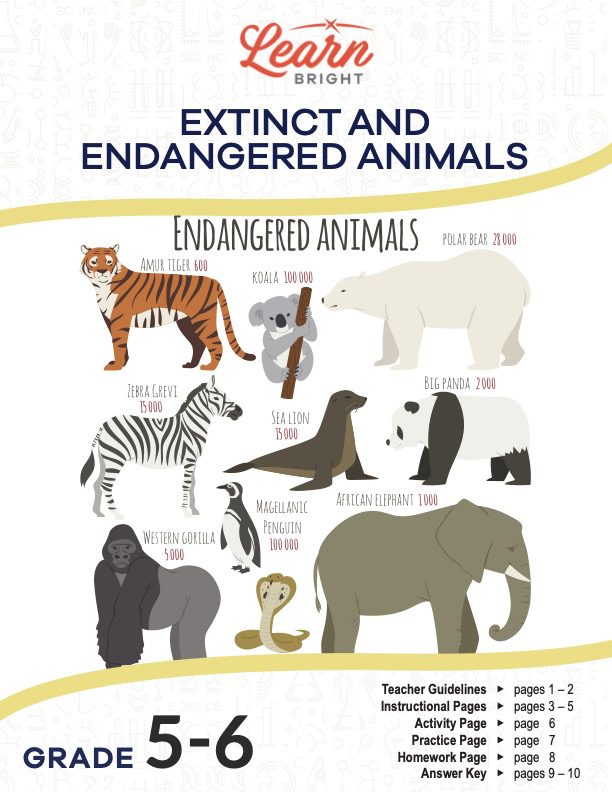Protecting endangered animal species is vital for maintaining biodiversity and ecological balance. In this article, we highlight ten endangered species that face significant threats, including habitat loss, poaching, and climate change. These include the pangolin, vaquita, black rhino, Amur leopard, Philippine eagle, leatherback sea turtle, mountain gorilla, indri, red panda, and African wild dog. By spreading awareness and taking action, we can work towards protecting these species and ensuring their long-term survival for the health of our planet.
10 Endangered Species You Need to Know About
Conservation of animals and plants is a vital aspect of environmental management. Protecting endangered species is critical to maintain biodiversity and guarantee ecological balance. Several factors contribute to the decrease in numbers of various animal species, including habitat loss, climate change, poaching, and other human activities. In this article, we will showcase ten endangered species that need your attention and call for your participation in conserving them.
1. Pangolin
One of the most endangered animals globally, pangolins are scaly mammals that live in Asia and Africa. They are known for their defensive role as they curl into a tight ball when under attack, leaving their scales exposed. They are endangered due to hunting and trade for their meat and scales, which are used in traditional Chinese medicine.
2. Vaquita
The Vaquita is a species of porpoise native to Mexico’s Gulf of California. It is the smallest whale species globally, and its population has decreased significantly in recent years. Their population is threatened by fishermen’s illegal activities, and they often get caught in fishing nets designed for other marine life.
3. Black Rhino
The Black Rhino population has reduced by more than 95% in the last century. They are the world’s most endangered rhino species, primarily due to illegal poaching for their horns. The horn is believed to have healing properties, and it is highly valued in the Asian traditional medicine market.
4. Amur Leopard
The Amur Leopard is a critically endangered leopard subspecies native to the Russian Far East. They are threatened due to habitat loss, poaching, and climate change, leading to a decrease in their food sources, such as deer and wild boars.
5. Philippine Eagle
The Philippine Eagle is the world’s largest eagle and is found exclusively in the Philippines. Habitat loss and poaching are the primary threats to this species, and they are often killed for their meat or captured for trading in the illegal wildlife market.
6. Leatherback Sea Turtle
The Leatherback Sea Turtle is the largest living turtle globally and is found in the Atlantic, Pacific, and Indian Oceans. They are endangered mainly due to the accidental catching in fishing nets, egg collection, and habitat destruction.
7. Mountain Gorilla
The Mountain Gorilla is one of the world’s most endangered gorilla species, and less than 1000 individuals remain. They are hunted for their meat, body parts, and trophies, and their habitat is threatened by human activities such as farming and deforestation.
8. Indri
The Indri is a critically endangered species of lemur found in Madagascar. They are threatened by habitat loss, hunting, and a decline in their food sources, such as bamboo shoots and fruits.
9. Red Panda
The Red Panda is native to the eastern Himalayas and southwestern China. They are threatened mainly by deforestation and illegal poaching for their fur, which is sold in the international wildlife market.
10. African Wild Dog
The African Wild Dog is native to sub-Saharan Africa, and its population has reduced by over 90% in the last century. They are threatened by habitat destruction and hunting by farmers who believe they pose a threat to their livestock.
Conclusion
Endangered species face significant challenges to their survival due to human activities such as pollution, poaching, and habitat destruction. It is our responsibility to work towards their protection and conservation to ensure their long-term survival. Spread awareness and take action, for the future of these species and the health of our planet depends on our efforts.
